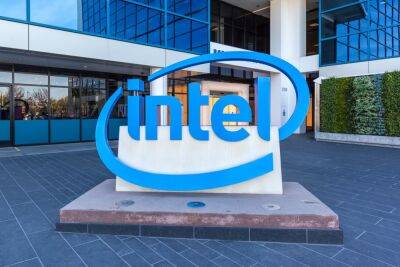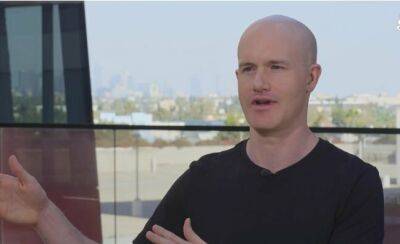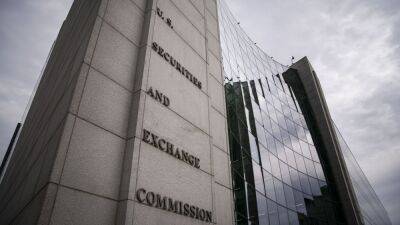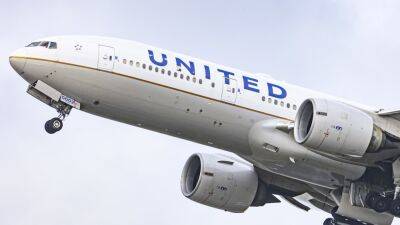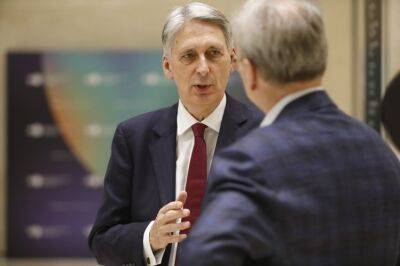10 years on, what did George Osborne’s Help to Buy scheme really achieve?
George Osborne’s Help to Buy scheme officially shuts this Friday, a little over a decade after the then chancellor launched it with the aim of revitalising what was a sluggish UK property market.
The scheme granted 375,654 interest-free equity loans for the purchase of new-build properties, according to the latest figures which cover until the end of last September, with 84% of applicants first-time buyers. On average they borrowed £63,000, on a typical purchase price of £273,500, with a total value of £23.6bn lent out.
But what exactly did that enormous sum achieve? Osborne tweeted on Thursday that it had “helped hundreds of thousands of families buy their own home and supported thousands of construction jobs”. But experts argue the real legacy has been to massively inflate the market, swell housebuilders’ profits and leave many buyers in negative equity.
Ministers have argued the scheme has been vital in underpinning a resurgence of property construction in the UK, a view echoed by Home Builders Federation. It told the Lords’ built environment committee last year that schemes supporting home ownership had “led to a sustained period of record investment in land and labour for future housing delivery, therefore increasing supply”.
However, Rose Grayston, an independent housing analyst, argues it was only ever going to provide a short-term boost to housebuilding. “It was an effective way to support supply of new homes when it started. There was very little housebuilding and it encouraged developers to expand supply.
“But it was only really a gimmick that worked for the first group of buyers. They needed prices to rise from that moment on, pricing out more people in the queue for new homes.”
And in the way the scheme favoured
Read more on theguardian.com







